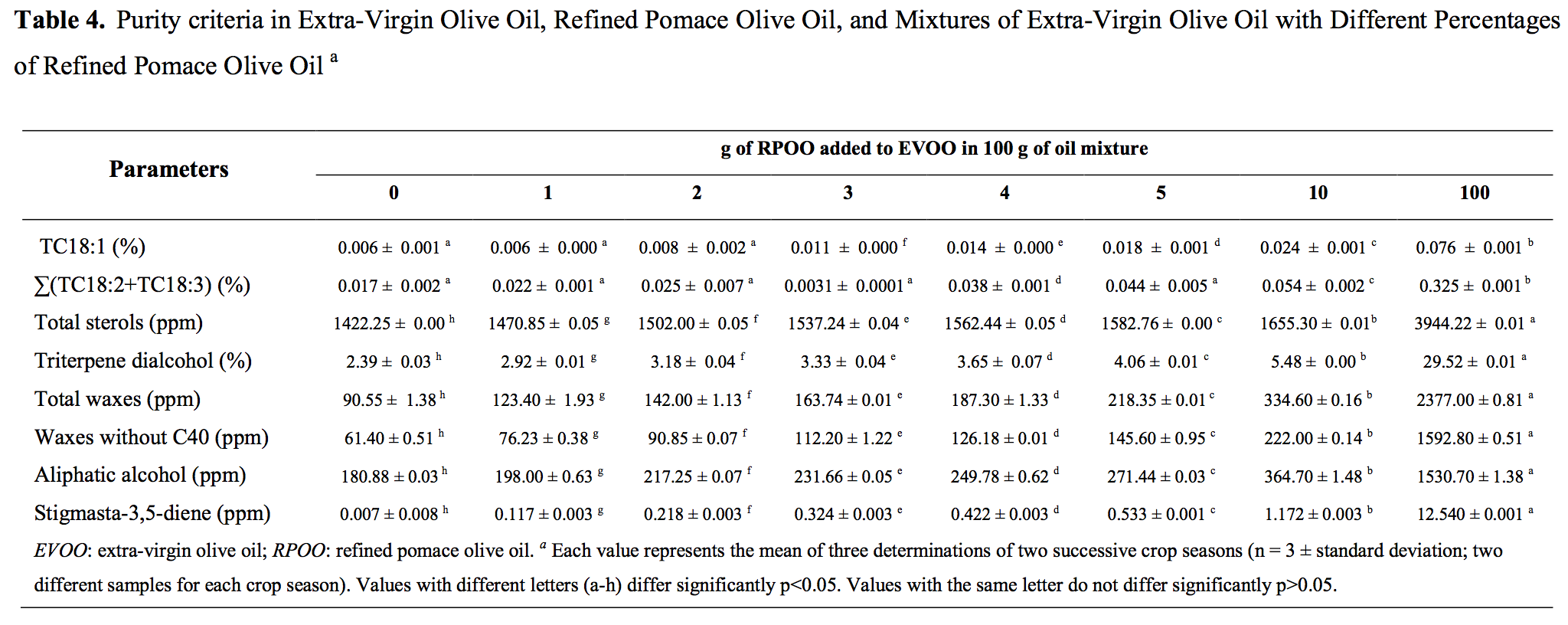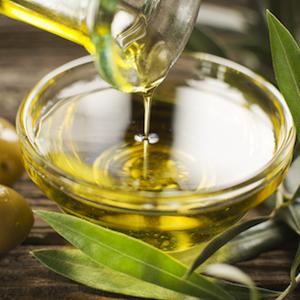Dr. Gregory House was fond of saying, "Everybody lies." In the food industry, that maxim could be modified to, "Everybody cheats."
Indeed, food fraud is absolutely rampant. In some parts of the world, beef hot dogs may contain buffalo. Cheese labeled Parmigiano-Reggiano may not be authentic. Phony seafood is especially notorious. And now, new research indicates that extra-virgin olive oil (EVOO) may not be the pure, wholesome maiden you've been anticipating for your dinner night.
What Is Extra-Virgin Olive Oil (EVOO)?
Virgin olive oil is oil that has been extracted from olives via pressing and has not been processed in any way, such as by adding chemicals or heat. To be declared "extra-virgin," the oil must contain 1% oleic acid or less.
How much of the EVOO on grocery store shelves doesn't meet the definition of "extra-virgin"? About half. According to a report in Forbes, studies show 55% of the olive oil in the U.S. is phony, 46% in France, and 45% in Italy. In February of this year, Italian police busted the mafia for exporting fraudulent olive oil.
Science is now fighting back. In new a study, Tunisian researchers have used standard chemistry techniques to identify counterfeit olive oil.
Olive Oil Cheats, Beware
Those who want to make a few extra bucks do so by adulterating EVOO with lower quality refined pomace olive oil (RPOO). While customers may be fooled, chemists are not.
The researchers adulterated EVOO with various amounts of RPOO. Then, they used gas chromatography (a standard method to identify and quantify molecules) to determine if they could discriminate between EVOO and EVOO adulterated with RPOO. Indeed, they could. In fact, they could detect as little as 1% contamination. (See chart.)

The column marked "0" indicates the molecular profile of pure EVOO. Columns marked "1", "2," etc. indicate 1 gram, 2 grams, etc. of added RPOO. Comparing Column 0 with Column 1 clearly indicates a statistically significant difference between the molecular profiles of pure EVOO and adulterated EVOO. The adulterated version contained elevated levels of sterols, waxes, and various types of alcohols. As the concentration of the adulterant increased, these telltale molecular fingerprints also increased.
It goes without saying that the food we are eating ought to match what's listed on the label. It appears as if chemists will be the enforcers who ensure the integrity of our food system.
Source: Hazem Jabeur, Malika Drira, Ahmed Rebai, and Mohamed Bouaziz. "Putative Markers of Adulteration of Higher-Grade Olive Oil with Less Expensive Pomace Olive Oil Identified by Gas Chromatography Combined with Chemometrics." J. Agric. Food Chem., 65 (26): 5375-5383. Published: 13-Jun-2017. DOI: 10.1021/acs.jafc.7b00687




